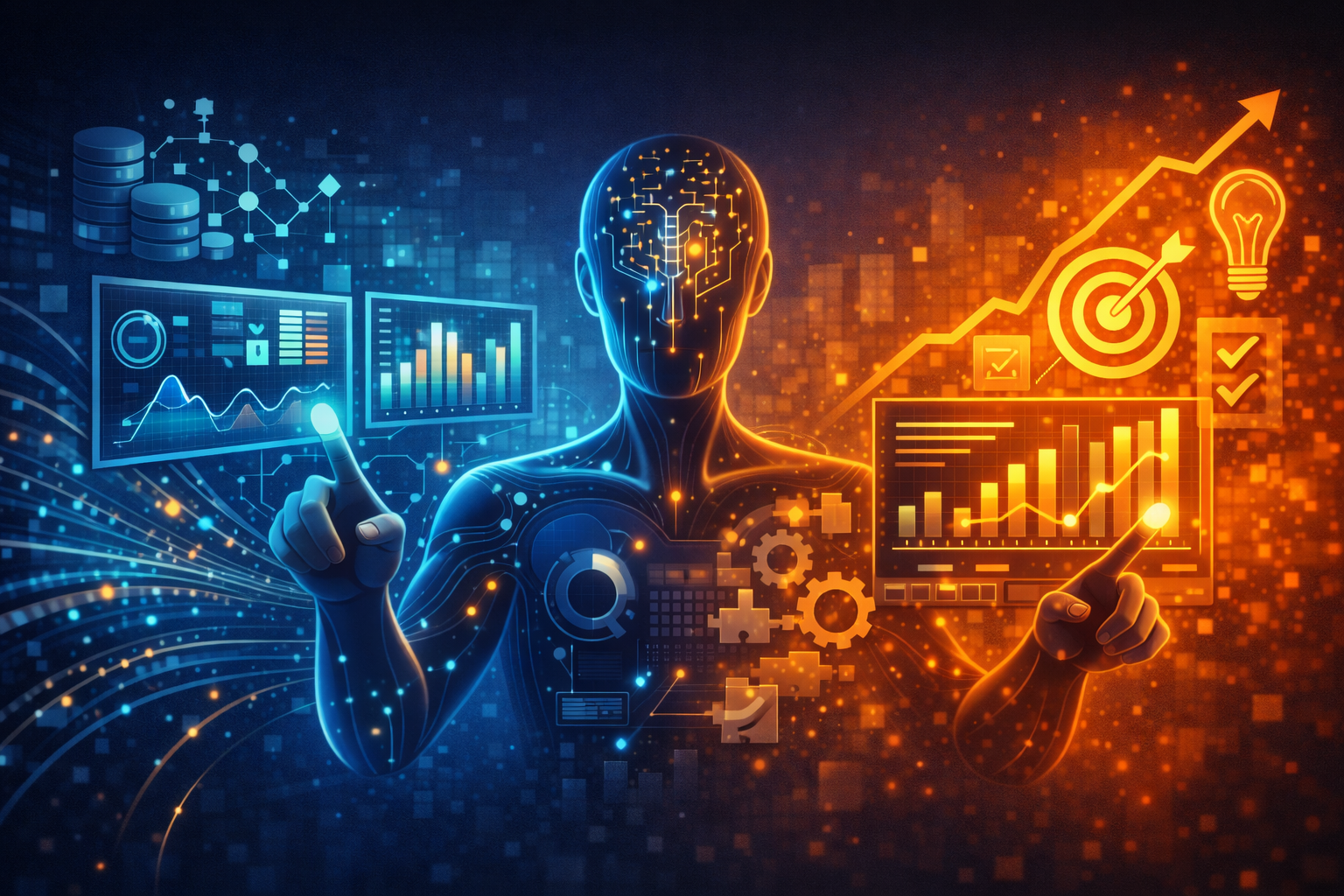With IoT rising in prominence came the subsequent explosion of smart devices connected to the cloud. However, this surge led to network congestion since networks were not ready to support this demand volume. Security was another frontier to navigate since sensitive data was flowing through the networks. As the storage and computational needs increased, with it came edge computing.
Edge computing is a form of computing that brings computing and data storage closer to the source of data. This minimizes the need to process data in a remote data center and delivers benefits like faster insights, better bandwidth availability, and improved response times to the table.
While edge computing alleviated some of the concerns, things got tricky when the explosion of sensors and smart devices continued to create traffic jams impacting performance. Edge machine learning then emerged as the solution to this problem.
What is edge machine learning?
Edge machine learning is a technique that allows smart devices to process data locally using either local servers or at the device level using machine learning algorithms. ‘Edge’ refers to the processing that takes place at the device or local level by these deep learning or machine learning algorithms. Doing this reduces the reliance on cloud networks even though some data is still sent to the Cloud using these edge devices. However, the capacity to process, some or most, of the data locally allows for screening of the data that is sent to the Cloud. It also makes real-time data processing and response possible.
Edge machine learning employs both deep learning and machine learning algorithms that enable local data processing depending on the application. Unlike traditional data processing machines, devices that employ edge machine learning can capably process incoming data at the source. It then determines which data needs more powerful algorithms for processing in the cloud and which data can be processed locally.
Let’s take Amazon Echo as an example. When you ask Alexa to tell you a joke or play a game, the data gets processed locally on the device and does not need to be processed in the Cloud. This is because the jokes or games are stored locally on the device. The device merely executes the command without bogging down the Cloud network. However, when you ask Alexa for the weather report, the device then looks for the required data from an external source in the Cloud.
With edge machine learning, we can also process large data volumes in real-time which is currently not possible with the traditional cloud-powered devices but happens to be critical for applications such as medical devices and autonomous cars.
Edge machine learning alleviates the security concerns surrounding storing personal user information in the Cloud. The strain on the Cloud is also greatly reduced. This also reduces the chances of DDOS attacks since edge devices decentralize the data storage. Edge machine learning also enhances the privacy and security of the data sets since the algorithms can be programmed to discard sensitive data fields.
The system response times also improve with edge machine learning since the data is processed locally in the algorithms that are stored on a hardware device. Along with improving response times and security vulnerabilities associated with the Cloud, edge machine learning also solves resource constraints, computing power, and memory issues.
Why does edge machine learning matter?
Machine learning is constantly evolving to offer more accurate predictions and identify key trends faster.
Edge machine learning is beginning to matter more now because:
- It makes it easier to detect data anomalies like malfunctioning hardware or data anomalies by analyzing consumer data faster.
- It addresses the increasing need to optimize workloads in AI and machine learning projects from training and inferencing. Edge machine learning makes it faster, cheaper, scalable, and more power-efficient by relieving edge devices’ central processing units of the complex and heavy mathematical work.
- As the use cases of the Internet of Things become increasingly tangible in everyday lives, the need to enable intelligent decision-making at every point in the infrastructure stack will increase.
- The increasing rise of self-improving products demands edge machine learning to make individual improvements.
- Security concerns are increasing, and feature extraction using neural network partitioning will become essential to transmit data safely over the network to balance workloads and latency and manage bandwidth needs efficiently.
- Improving the capacity to detect complex events by capably processing large data sets in real-time is rising.
- Optimizing and reducing connectivity costs and offering offline availability by maintaining intelligence locally are becoming important.
- Enabling better compliance and improving the security posture by gathering and processing confidential and critical data locally is becoming imperative to stay ahead of the regulatory curve.
Edge machine learning, although new technology, shows promise of becoming essential for next-gen solutions. It is an exciting technology that improves predictive capabilities and performance by processing data and sending notifications in real time, thereby improving responsiveness. It is only a matter of time before edge machine learning becomes a mainstream technology and a part of our everyday lives.
Let’s connect to discuss more edge machine learning and its applications and how it can power your organization.
This article was originally published in the telegraph!












